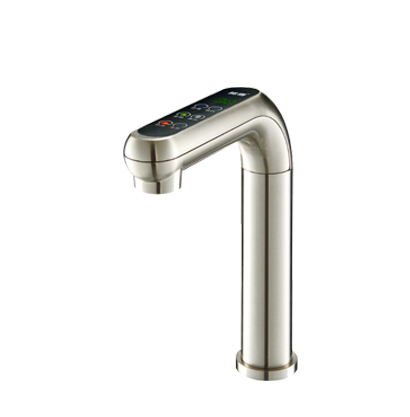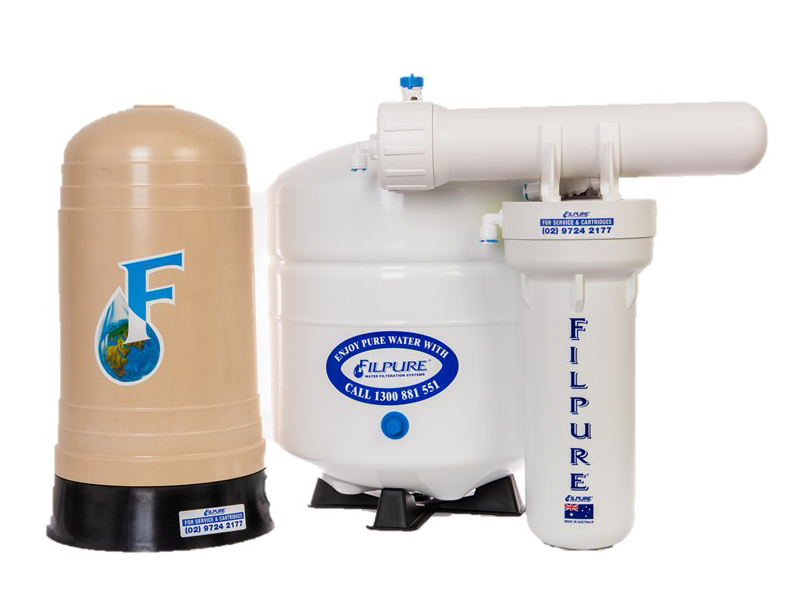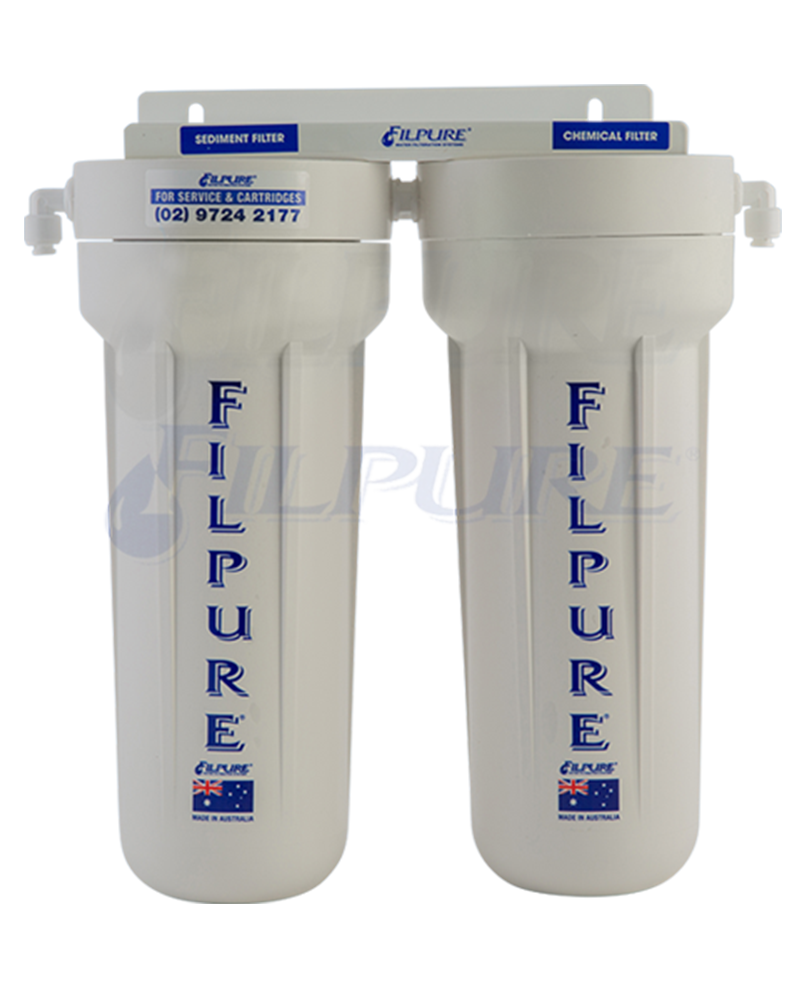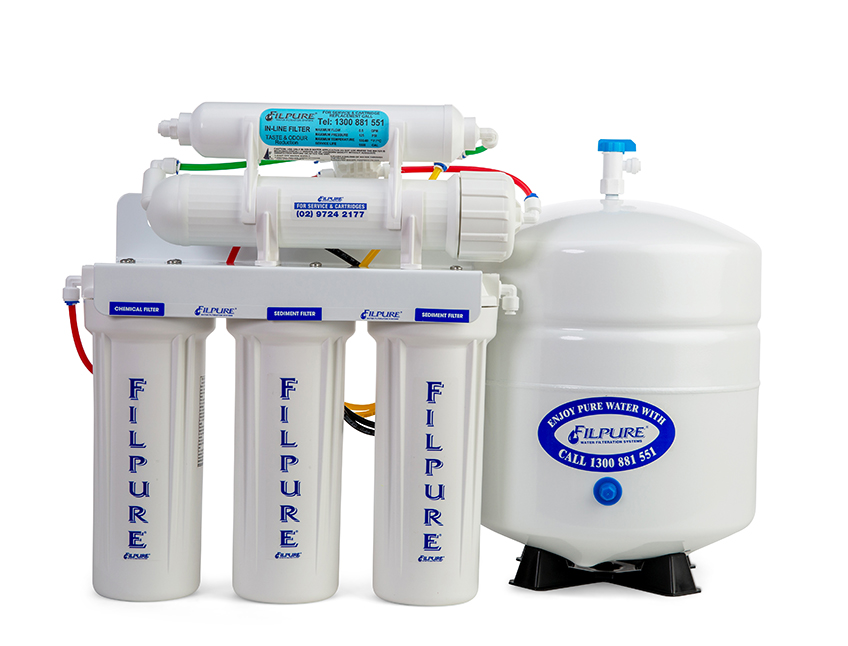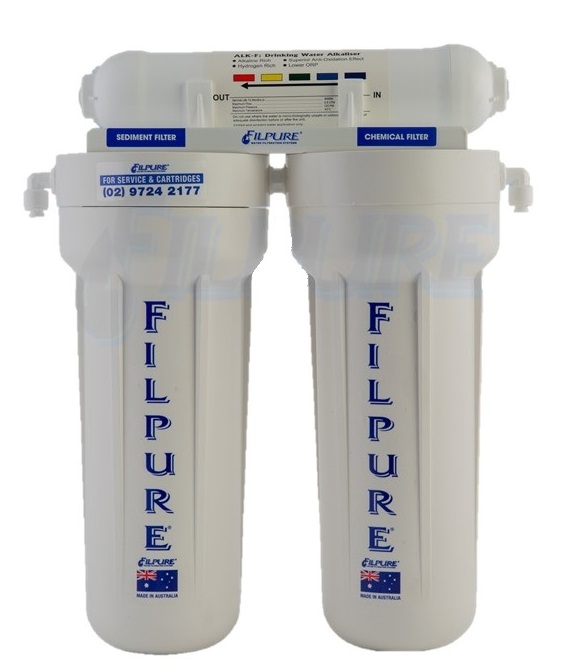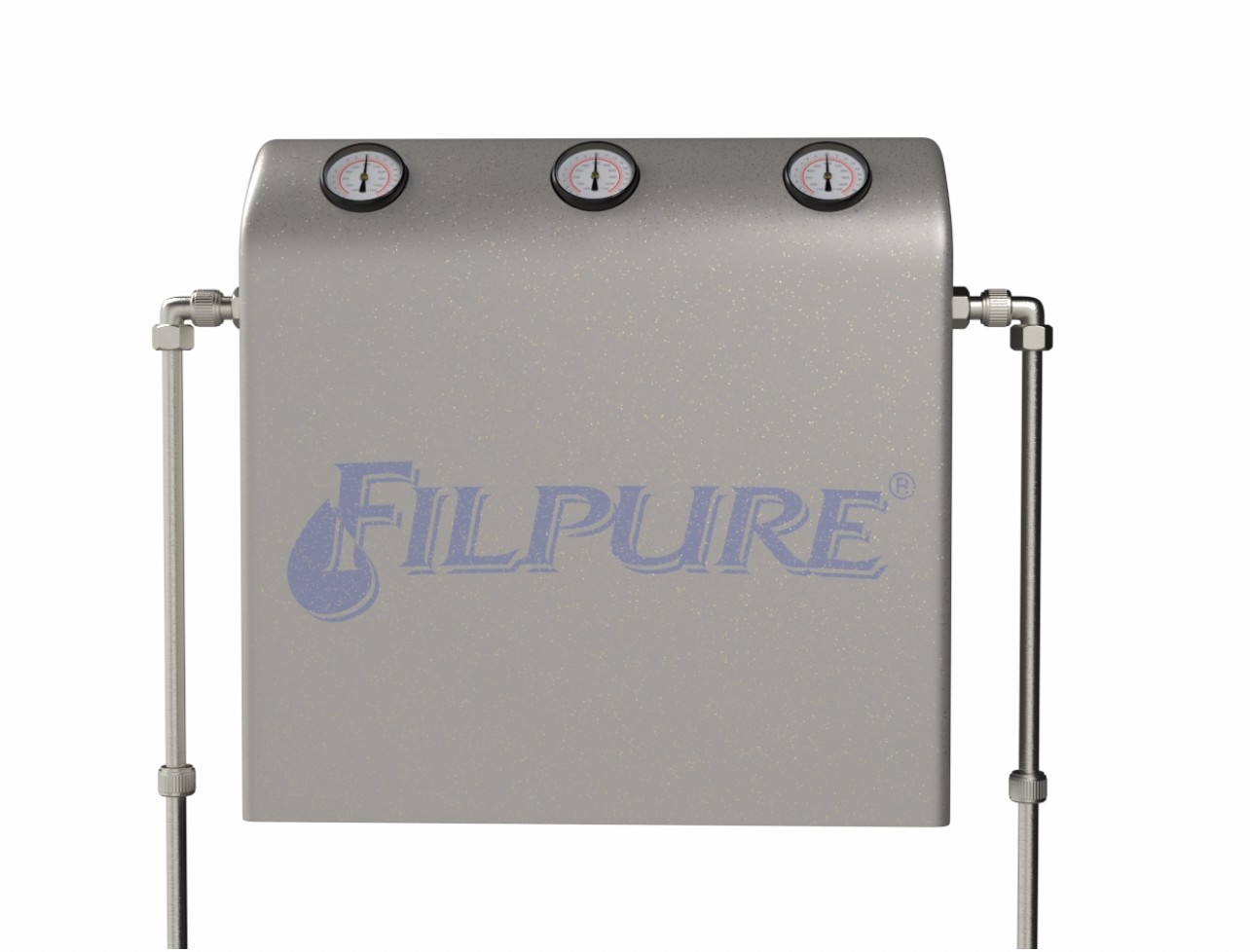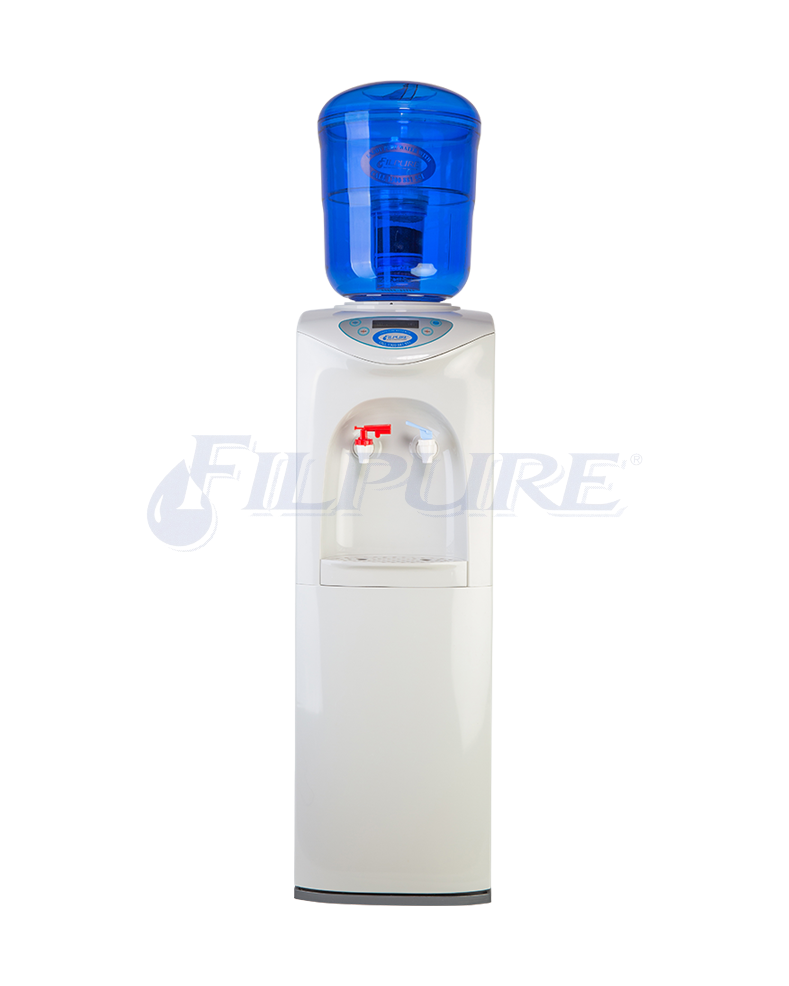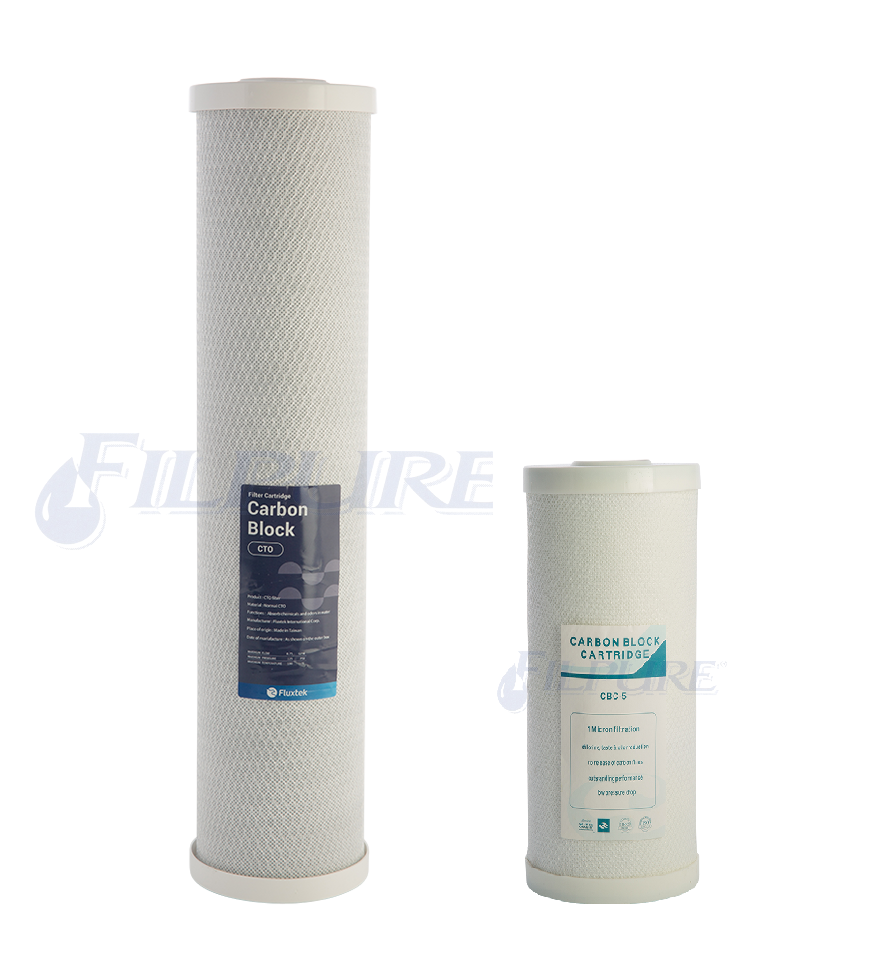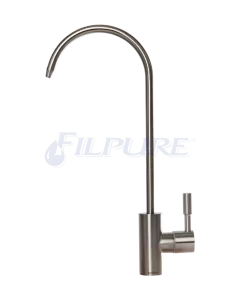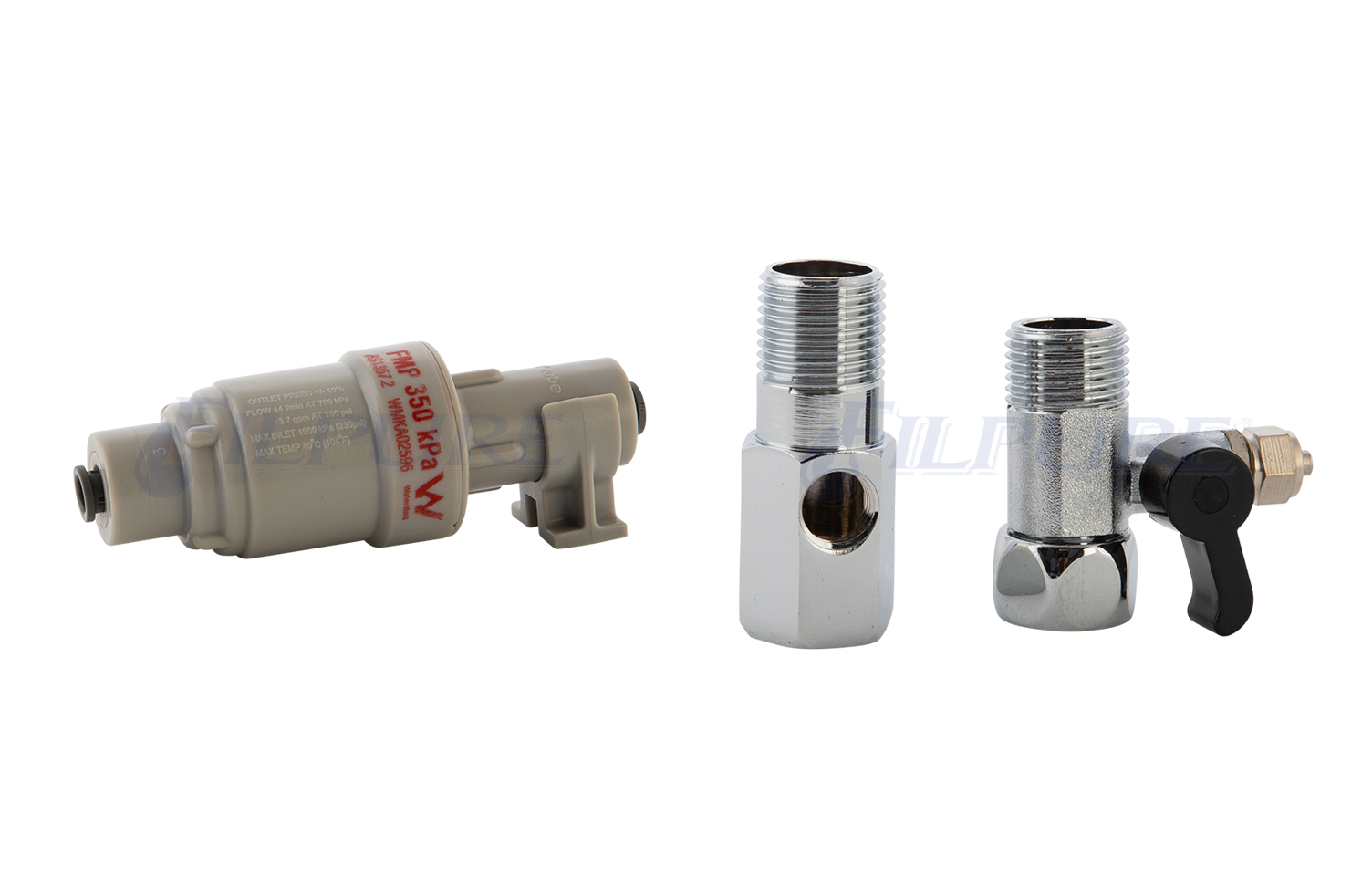The Microplastic Crisis: Why Drinking Purified Water is Essential for Your Health
In today’s rapidly changing world, the presence of microplastics in our environment has become a significant concern, especially when it comes to the water we consume. These tiny plastic particles, typically smaller than 5 millimeters, along with even smaller nanoplastics (ranging from 1 to 1000 nanometers), have infiltrated our oceans, food sources, and most alarmingly, our drinking water. With studies revealing that a single liter of bottled water can contain up to 240,000 plastic particles, it’s imperative to reconsider our water choices. This article will explore the numerous benefits of drinking purified water over non-purified water and how advanced filtration systems like reverse osmosis, whole house filters, and under-sink water filters can help ensure the safety and quality of the water you and your family consume.
The Alarming Reality of Microplastic Contamination
Recent scientific research, such as the study published in the Proceedings of the National Academy of Sciences, has uncovered the shocking extent of microplastic contamination in bottled water. Using advanced laser-powered microscopes, researchers found that most plastic particles in bottled water are nanoplastics. Due to their minuscule size, these particles can easily penetrate human tissues, potentially leading to various health issues, including disruptions to the digestive, respiratory, and immune systems.
Microplastics originate from everyday items such as synthetic clothing, cigarette filters, and degraded plastics. These particles are particularly concerning because they can absorb and carry harmful chemicals, including heavy metals and carcinogens, deep into our bodies. As the United Nations Environment Programme reports, over 430 million tonnes of plastic are produced annually, contributing to a global crisis of plastic pollution.
Is Bottled Water Truly Safe?
The pervasive presence of microplastics in bottled water raises serious safety concerns. A study published by the National Library of Medicine indicates that microplastics can negatively impact multiple systems within the human body. Additionally, the chemical toxicity induced by these particles, which can accumulate environmental toxins, poses a potential long-term health risk.
In 2018, the study “Synthetic Polymer Contamination in Bottled Water” analyzed 259 bottled water samples across various countries, revealing that 93 percent contained microplastic particles. This widespread contamination emphasizes the need for consumers to reconsider their reliance on bottled water.
The Hidden Dangers of Plastic Bottles
While bottled water is often perceived as a safe option, the reality is far more complex. When plastic bottles are exposed to heat or sunlight, they can leach harmful chemicals into the water they contain. This leaching process introduces dangerous substances like bisphenol A (BPA) and phthalates into the water, further increasing the health risks associated with bottled water consumption.
Moreover, there have been reports of high arsenic levels in bottled water sold by major retailers, including Whole Foods and Walmart. These findings underscore the urgency of exploring safer and healthier alternatives to bottled water.
The Environmental and Economic Impact of Bottled Water
Beyond the health risks, the environmental impact of bottled water is substantial. The production, transportation, and disposal of plastic bottles contribute significantly to pollution and resource depletion. In Australia alone, consumers spend millions of dollars annually on bottled water, often paying prices that are significantly higher than those of filtered tap water.
The convenience of bottled water comes at a steep price—not just in monetary terms, but also in its environmental footprint. Each plastic bottle requires petroleum for production, and only a fraction of these bottles are recycled, with the rest ending up in landfills or the ocean. The carbon emissions associated with bottled water production and transportation further exacerbate its environmental impact.
Why Purified Water is the Superior Choice
In light of the alarming levels of plastic contamination in bottled water, drinking purified water emerges as a safer, more sustainable alternative. By investing in a home water filtration system, such as reverse osmosis water filter systems, complete whole house water filtration systems, or under-sink water filters, you can ensure that the water you consume is free from harmful contaminants, including microplastics, heavy metals, and chlorine. Additionally, these systems can also be made to enrich your water with essential minerals like calcium, magnesium, and potassium, contributing to better overall health.
Benefits of a Home Water Filtration System
Installing a home water filtration system offers numerous advantages, including:
- Removal of Contaminants: Advanced filtration systems, such as reverse osmosis water filters, effectively remove harmful substances, including microplastics, heavy metals, and chlorine. This ensures that the water you consume is safe and healthy.
- Cost-Effective: Over time, filtered water is far more economical than bottled water. High-quality filtration systems can significantly reduce the need for bottled water, saving money in the long run. Systems like under-sink water filters can purify large volumes of water at a fraction of the cost of bottled water.
- Environmental Sustainability: By reducing reliance on bottled water, filtration systems contribute to environmental conservation. Less plastic waste, lower carbon emissions, and reduced resource consumption are just a few of the environmental benefits of choosing filtered water. Consider investing in a Complete wole house water filters to ensure that every drop of water in your home is clean and safe.

